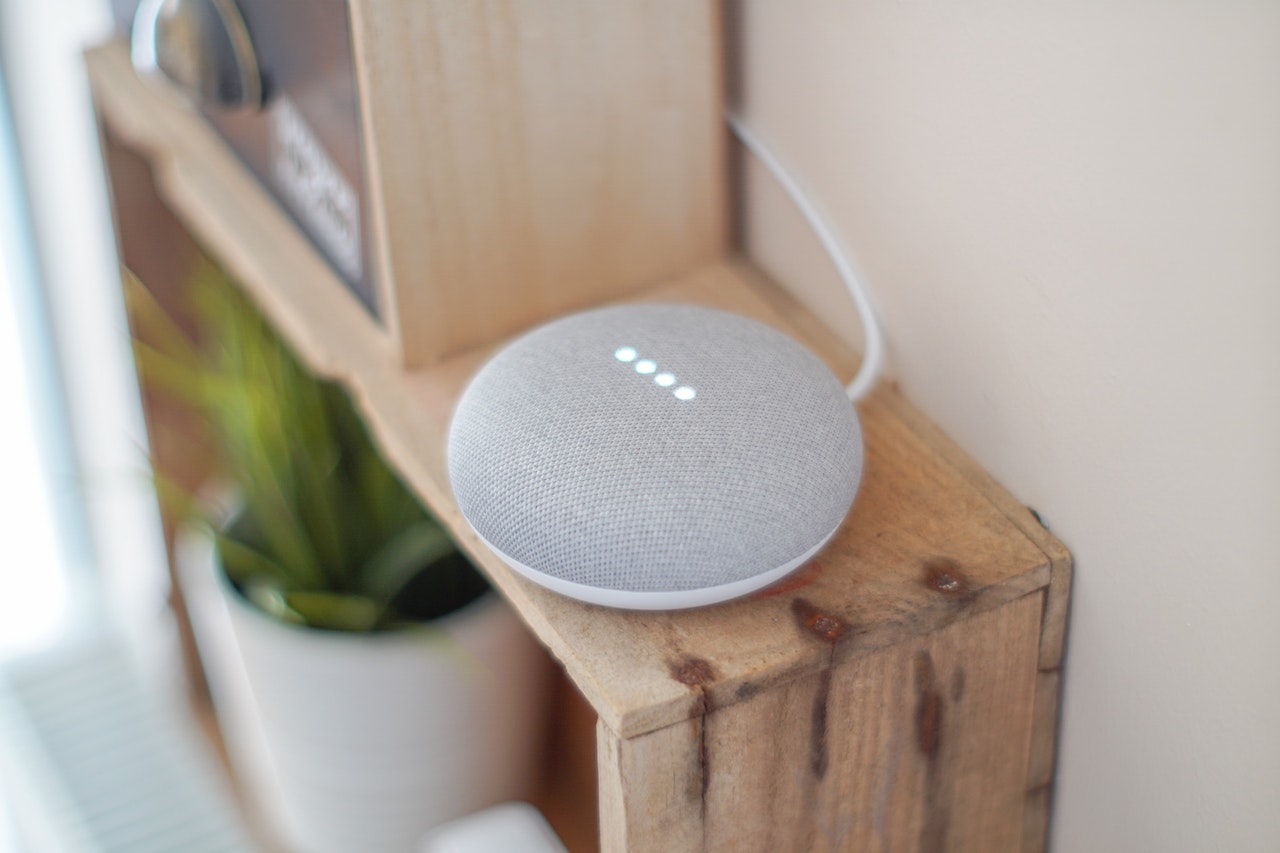AI Voice Assistants: 11 Key Predictions For The Future Of Technology

Artificial Intelligence (AI) voice assistants have rapidly become a mainstream technology in recent years, offering a new level of convenience and accessibility for consumers. As we move into 2023, AI voice assistants are poised to play an even larger role in our daily lives. Here, we’ll explore 11 key predictions for the future of AI voice assistant technology, and how they’re likely to impact the way we interact with technology.
Widespread adoption of AI voice assistants
AI voice assistants are expected to become even more widely adopted over the next few years. According to a recent report from Juniper Research, the global installed base of AI voice assistants is projected to reach 8 billion by 2023, up from 2.5 billion in 2018.
Increased use in smart homes
AI voice assistants are already widely used in smart homes, but this trend is expected to continue. By 2023, it’s estimated that 75% of all households will have at least one smart speaker. This will allow consumers to control everything from lighting and temperature to security systems using only their voice.
Improved accuracy and speed
One of the key areas of improvement for AI voice assistants is accuracy and speed. As the technology continues to evolve, AI voice assistants will be able to respond more quickly and accurately to user requests, making the experience even more seamless and user-friendly.
Expansion of AI voice assistant ecosystem
The AI voice assistant ecosystem is expected to expand significantly over the next few years. This will include the integration of more third-party services and the development of new AI voice assistant-enabled devices.
Greater integration with other technologies
AI voice assistants will become even more integrated with other technologies, such as the Internet of Things (IoT) and smart home devices. This will allow consumers to control an even wider range of devices and systems using only their voice.
Increased use in vehicles
AI voice assistants are already being used in vehicles, but this trend is expected to continue. By 2023, it’s estimated that 75% of all new cars will have AI voice assistants built-in, allowing drivers to control everything from navigation to music and climate control using only their voice.
More personalized experiences
AI voice assistants will become even more personalized, using machine learning algorithms to tailor the experience to the individual user. This will include the ability to recognize individual voices, as well as provide more personalized recommendations and information.
Increased focus on privacy and security
As AI voice assistant technology becomes more widespread, there will be a greater focus on privacy and security. This will include measures such as encryption and improved security protocols to protect user data and prevent unauthorized access.
The rise of biometric authentication
Biometric authentication, such as voice recognition, is expected to become more widely used in AI voice assistants. This will provide an additional layer of security and make it even more difficult for unauthorized users to access sensitive information.
Expansion into new industries and markets
AI voice assistants are already being used in a variety of industries, but this trend is expected to continue. By 2023, it’s estimated that AI voice assistants will be used in healthcare, finance, and other industries to provide a more seamless and personalized experience for consumers.
The rise of AI voice assistants for education and learning
AI voice assistants are expected to play a larger role in education and learning, offering students new ways to access information and resources. This could include the use of AI voice assistants in classrooms and the development of new educational software and tools.
In conclusion, AI voice assistants are rapidly changing the way we interact with technology. By 2023, we can expect to see significant advancements in areas such as voice recognition, natural language processing, and personalized experiences. Brands need to stay ahead of the curve and be proactive in adapting to these changes in order to provide a seamless and convenient customer experience.





